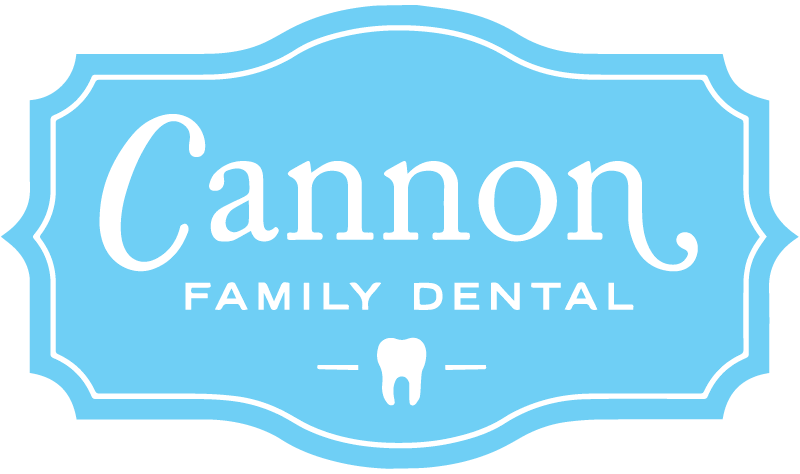If you are patient enough, and interested enough to read this entire blog post, you will find at the end some information about our in-office prevention plan, which works to provide dental benefits for you and your family.
In a recent article by Marko Vujicic published in the Journal of the American Dental Association (JADA), the author presents data regarding health and dental insurance. You can read the full article here http://jada.ada.org/article/S0002-8177(16)30638-9/fulltext. The following paragraphs are taken from Vujicic’s article:
The way dental insurance is structured, including the use of annual maximum benefits and significant coinsurance (20-50%) for services beyond preventive care, contributes to the high degree of cost barriers that beneficiaries experience. In fact, a new first-of-its-kind analysis showed that for most adults with private dental insurance, total outlays on premiums, coinsurance, and copayments actually exceed the market value of dental care consumed.
Now, this does not mean that dental insurance is a bad thing. Employees clearly value dental insurance, and having it increases the likelihood of visiting a dentist. That said, it is my opinion that the time has come to rethink dental insurance given its shortcomings in protecting consumers from financial risk and the dramatic changes happening in the broader health care landscape. So, let me throw out 3 ideas on what needs to change.
First, dental insurance should be structured to pay for the attainment of oral health and well-being rather than for checklists of procedures within arbitrary dollar limits. New measures have been developed to measure oral health outcomes. Although the dental world is years behind the rest of medicine in developing outcome metrics, these new measures could be a starting point.
Second, dental insurance should incorporate risk. In other words, covered services should not be uniform, regardless of oral disease status or risk of experiencing oral disease. Rather, patients at high risk should be eligible for a different set of (evidence-based) services than are patients at low risk. I am not a clinician or a scientist, so I cannot assess the robustness of the evidence base on treatment guidelines and care pathways in oral health. But if the evidence base is not robust, it needs to be developed. Fast. This is a core tenet of being a learned profession. It is encouraging that some insurers are designing benefits that cover additional services for patients at high risk.
Third, the separation of dental and medical insurance should be reconsidered. In a forthcoming article from my team, we will show that embedding children’s dental coverage within medical plans could significantly improve financial protection. The analysis finds that total outlays on premiums and out-of-pocket spending on dental care are lower, on average, for embedded dental-medical plans than for dental-only plans. The exact reasons are still unclear, and further research is warranted. But part of the difference is likely driven by lower premiums under embedded dental-medical plans compared with dental-only plans. Another likely reason is that enhanced consumer protection provisions put in place by the ACA—such as out-of-pocket spending caps and medical-loss-ratio provisions—apply to embedded medical-dental plans but not to dental-only plans. One of the consequences of having dental care “not part of Obamacare” is that a lot of very well-designed consumer protection provisions that are enabling more Americans to access medical care do not apply to the dental world. Again, whether this is a good thing or a bad thing can be debated. But the facts cannot. The way dental care was handled under the ACA has exacerbated affordability challenges for adults.
As I promised at the beginning of this blog, I will discuss out In-Office Prevention Plan. We designed it for those without dental insurance, or those who want to drop their dental insurance because of poor benefits and high cost. Our prevention plan offers significant benefits on all dental services, no exclusions and no annual maximums. It rewards preventive practices. Please call our office at Cannon Family Dental 801-292-3501 to learn how our In-Office Prevention Plan is right for you.

